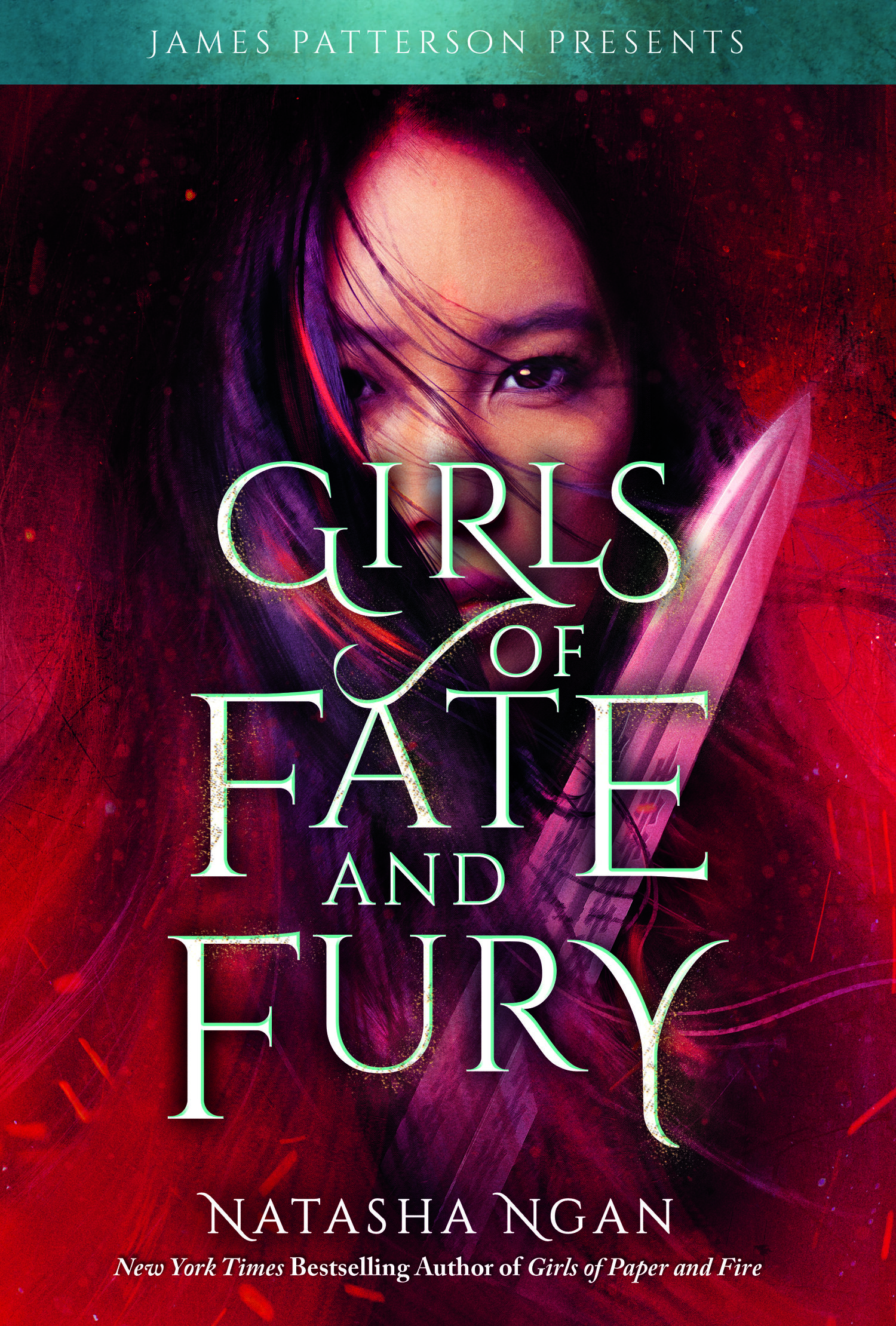
Year published: 2021
Category: YA fantasy
Representation: F/F, main characters, asexual, side character
Summary: The jaw-dropping conclusion to Girls of Storm and Shadow left the fates of Lei and Wren hanging in the balance. There’s one thing Lei knows – she can never return to the Hidden Palace. The trauma and tragedy she suffered behind those opulent walls will plague her forever. She cannot be trapped there with the sadistic king again, especially without Wren.
The last time Lei saw the girl she loved, Wren was fighting an army of soldiers in a furious battle to the death.
With the two girls torn apart and each in great peril, will they reunite at last, or have their destinies diverged forever?
My thoughts: When I look back at this series, I can’t help but feel that Ngan had a really strong idea for the first book but didn’t ever quite figure out how to flesh it out into a cohesive, successful trilogy. As with the second book, a lot of the things that happened in this book ended up being filler and neither Lei’s or Wren’s stories through most of the book contributed satisfyingly to the finale. I also feel that the decision to write Lei’s chapters in first-person present tense and Wren’s chapters in third-person past tense was a mistake. This choice becomes especially ineffective and jarring when their plots get synced up and they are fighting through the palace together with the perspectives switching in such a way.
I think this series’ second biggest weakness is its side characters – they are either not fleshed out enough to carry their intended emotional weight or they are just incredibly annoying. The Paper Girls stand out as the main example of the former type – Blue and Aoki have mini character arcs but the rest are one dimensional and their bonds are not demonstrated especially powerfully for all the times that Lei talks about them being a family. It’s lovely that the survivors are all together and healing at the end, but this could have been a million times more amazing if I had really bought their bonds and felt that they were deeper characters. As for the annoying side characters, Lova takes Bo’s place here as the extremely grating “quippy” character who drags down every scene she is in and is constantly spewing banter that is not actually funny. Finally, for the major role that she ends up playing in the ending, the Demon Queen Shala only shows up a couple of times, and I also believe it was a mistake on Ngan’s part to not plant any seeds about her characterization (let alone her existence!) in earlier books.
Wren and Lei continue their trend of hiding secrets from each other and making massive decisions that impact their relationship without communicating with each other first. When I look back, it honestly feels like these dynamics are more fundamental to their relationship than anything else.
We all know I’m an absolute sap for endings about healing after trauma and Ngan made some especially lovely decisions with her ending here – revisiting the temple for the Hidden to mourn those who died; turning the palace into the Free Palace, a refuge for abused women; all the girls gathering together at Lei’s family shop with a new puppy and Shala’s baby named after the word for love. I’m especially happy with how Blue was treated – she was consistently the most interesting character to me and I’m so glad that her ending was a happy one (with the adorable little detail that she’s a talented artist who draws hilarious cartoons!).
I was thinking about the kind of developmental feedback I might have given Ngan if I had been in that position (AS IF!). I think these books would have been infinitely stronger if she had focused much more on the relationships between the Paper Girls and their characterization. I would have loved an even deeper dive into the elements of trauma, survival and rebellion. I would have suggested making the second book about recruiting the allies who randomly show up as a surprise before the raid on the Hidden Palace in this book so that book two has more relevance to the finale. I would have suggested making Lei and Wren’s actions throughout book three contribute more to the final battle and downfall of the Demon King. Finally, I would have suggested cutting a lot of the humor/banter and focusing on making the Hanno ally side characters less one-note while reducing the amount of their bickering with each other.
Whatever their flaws, though, these books have all been pleasantly written, engaging and enjoyable to read. I think Ngan wrote about an important, difficult topic in an approachable and effective way for YA readers. I’m definitely glad that I read this series, but I’m still left thinking about all the changes that could have truly elevated it.

Leave a comment